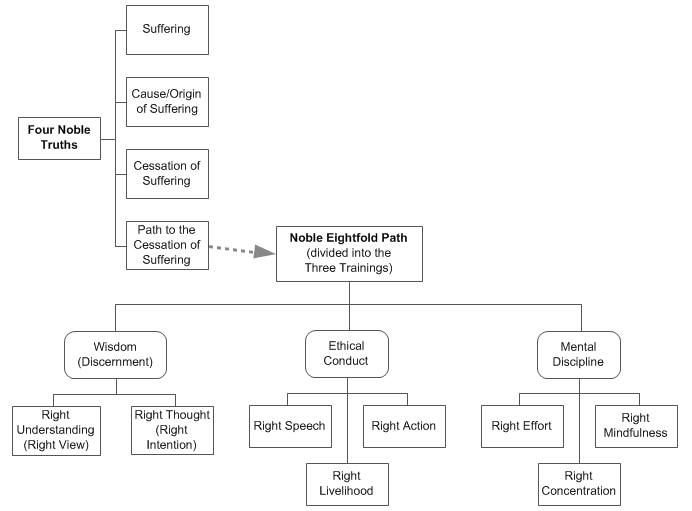(GS PAPER -1) 2016
Buddha is a title that can be given to anyone who is enlightened. Since Siddhartha was the first to attain it ( according to Buddhists ), he is called the Supreme Buddha. Buddhism is a heterodox(विधर्मिक) religion and it was the movement that gave the greatest shock to Brahmanism.
The historical development of the Stupa can be roughly divided into two phases:
- Hinayana or Theravada,
2. Mahayana,
The Hinayana (c. 400 B.C- 250 A.D.) was the 'doctrine of the elders', and Mahayana or later phase (c. 251- 700 A.D.), 'the great vehicle' of Buddhism. The latter phase witnessed a shift from iconic to aniconic imagery of the Buddha, but the Stupa architecture itself remained distinct from all previous monuments and future architecture.
It is perhaps only in Buddhism that a particular structure has been recommended by its founder for worship and salvation, for the Stupa enables the worshiper to not only think of the Buddha as an imminent reality (by regarding the Stupa as a visual manifestation of the Buddha), but also epitomizes his enlightenment and nirvana. In this way the Buddhist Stupa transcends its predecessor, the burial mound or tumulus, by shifting the emphasis from a particular relic to a higher transcendental actuality as realized by the Buddha, i.e. the Buddha's attainment and the worshiper's goal
One of the main interest of the Bharhut sculptures consists in the representation of the birth-stories of the Gautama Budha. These stories (or the Jatakas) are of two main classes, those relating to the previous births of Buddha as a Bodhisattva (a Buddha potentia), and those of his last appearance as Gautama Shakyamuni when he attained Enlightenment of Buddhahood.
The scenes on the Bharhut sculptures, relating to the life of Gautama Shakyamuni include, among others, the dream of Maya (Illustrating the descent of a Bodhisattva in the form of an elephant into the mothers womb), the defeat of Mara, Gautama’s Enlightenment under the Bodhi tree, the worship of the Bodhi tree, the worship of Gautama’s hair-locks by celestial beings, the visits of king Ajatashatru of Magadha and of Prasenjit of Koshala, etc.

The yasti or pole (that was imagined to run through the anda into the ground) represented the axis-mundi (world axis) that connected heaven and earth. This link was duplex: a pathway of ascent from the limited physical world to the unlimited and unbounded, and a channel for the down-flow of reality into the world (an influx that imbues the world with meaning and the finite with infinite). Above the anda the yasti serves as a support for tiers of circular umbrellas or chattras that signify the supremacy of the whole structure. The parasol was always a distinguishing feature that implied royalty and dignity, but moreover, as a crowning feature of the stupa it symbolized the sacred Tree of Life or enlightenment. The three elements of the chattra at Sanchi represented the Three Jewels of Buddhism: the Buddha, the Law, and the community of monks

Description: It was a straight forward repeated question. The important point to be noticed is that, that the question is not directly about Stupa. So there is no need to explain the structure of Stupa and its parts. It is about how the Buddhist ideals have been depicted through folk motifs and narratives.